
- •Table of Contents
- •Introduction
- •The 5 Dramatic Throughlines
- •The 6 Conflicts
- •The 21 Genres
- •The Replay
- •Fate
- •The Parallel
- •The Episodic
- •The Journey
- •Interactive
- •Metafiction
- •The Slice of Life
- •Introducing the 55 Dramatic Situations
- •Situations 1 & 2
- •Situations 3 & 4
- •Situations 5 & 6
- •Situations 7 & 8
- •Situations 15 & 16
- •Situations 17 & 18
- •Situations 43 & 44
- •Situations 45 & 46
- •Situations 47 & 48
- •Situations 49 & 50
- •Situations 51 & 52
- •Research
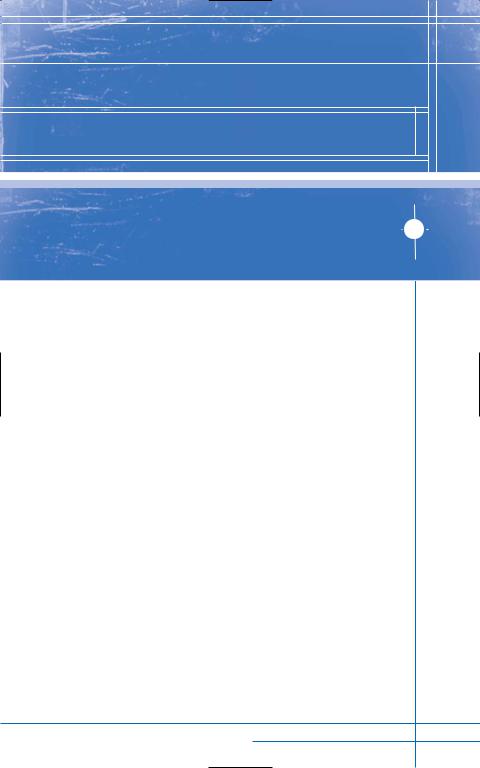
The 5 Dramatic
Throughlines
“There are basically two types of people. People who accomplish things, and people who claim to have accomplished things. The first group is less crowded.”
–MARK TWAIN
The first decision to make when creating a great work of fiction is to figure out what your overall Dramatic Throughline is. A throughline asks the central question that keeps the
reader reading and the main character moving forward:
“Will the main character succeed? Fail? Give up?”
Once you know the answer to this question you know how to design your story, especially the dreaded second act that most writers have trouble with. If the character will succeed, the second act is filled with scenes testing her resolve and putting obstacles in her path that later serve to help her succeed.
You will know what type of situations to use to bring out and support this Success Throughline. This helps you to keep your story on track. All events and obstacles will push the character toward success:
•He will learn the skills he needs to learn to be successful. Perhaps in the second act the villain pushes the hero to jump over a creek filled with snakes. The hero doesn’t want to do it, but little does he know that doing this now will help him later when he has to jump over something far worse.
•He will meet supporting characters that will help him succeed. Perhaps in the second act he is forced into hiding in a home for the elderly and winds up making friends.
•He will find the information he needs to win. Perhaps in the second act he is stuck in library for the night and sees it as a chance to do some research.
The 5 Dramatic Throughlines |
9 |
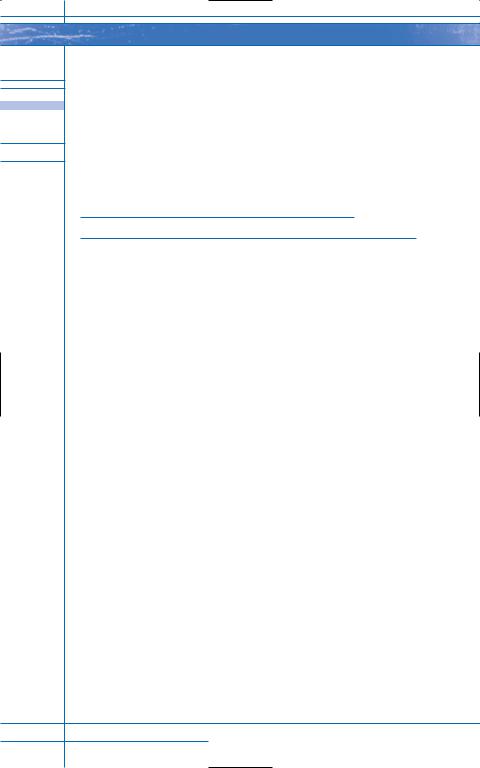
There are 5 Dramatic Throughlines. The first three are Traditional Throughlines that work well with Traditional Structure, and the remaining two work well with Nontraditional Structure:
1.The main character succeeds.
2.The main character is defeated.
3.The main character abandons her goal.
4.The main character’s goal is undefined.
5.The reader creates a goal.
Traditional Dramatic Throughlines
Traditional Dramatic Throughlines have a clear-cut beginning, middle, and end that allow them to fit nicely into traditional types of structures with a clear-cut beginning, middle, and end.
The best way to illustrate the first three Dramatic Throughlines is to think of an episodic television show; since it is on every week, a strong Dramatic Throughline is needed to hold it together and keep it focused. The Dramatic Throughline in episodic television is never resolved until the series is over. (In traditional feature films and novels, the Dramatic Throughline is resolved by the end of the story, regardless if the character succeeds, is defeated, or abandons the throughline goal.)
In the television show Monk, for example, the main character has two goals in life: One is to find out who murdered his wife, and the other one is to get back on the police force. So the overall Dramatic Throughline is to see the character succeed at these two goals.
The Dramatic Throughline presented is in every episode whether written into the episode directly or just briefly touched upon. He may succeed or fail in each episode’s storyline, but his overall goal is to succeed at finding his wife’s killer and get back on the force.
THE CHARACTER SUCCEEDS THROUGHLINE
Here the main character has a goal to achieve or a question to answer, and he succeeds in doing so. Most novels and films have this type of Dramatic Throughline, especially action-driven stories. Happy endings abound here.
An example of “questionto answer-driven” character success, besides the obvious mystery/detective story, is It’s a Wonderful Life. The main character doesn’t have a major outward goal to achieve but a question to answer: “Will George Bailey escape from his boring life in Bedford Falls to a life of adventure and riches or will he find satisfaction in his own hometown?”
10 Story Structure Architect
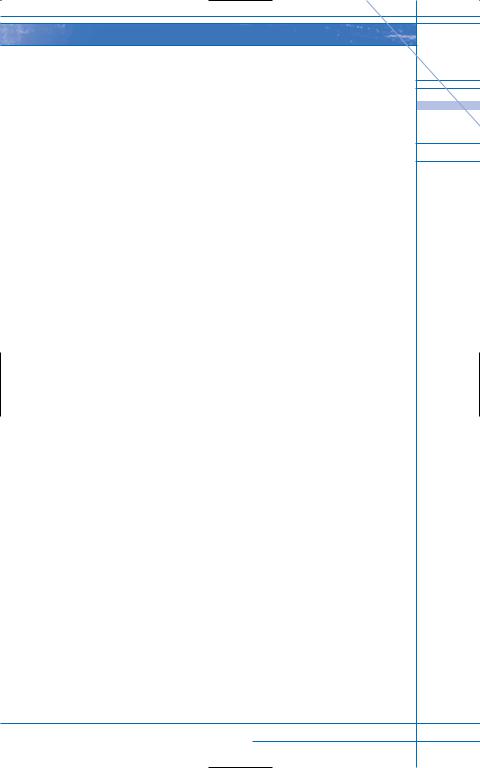
Some Examples of the Character Succeeds Throughline
Problem → Solution
Mystery → Solution
Conflict → Peace
Danger → Safety
Confusion → Order
Dilemma → Decision
Ignorance → Knowledge
Question → Answer
(Artsedge.kennedy-center.org/content/)
Donna Lee of the Hollywood Scriptwriting Institute states that the hero accomplishes his goal through one of four ways:
1.BY MEANS OF COURAGE: The hero uses his courage to solve his problem and achieve his purpose. Great for dramas.
2.BY MEANS OF INGENUITY: The hero uses his brains and creativity to solve his problem. Great for mysteries.
3.BY MEANS OF A SPECIAL CAPACITY: The hero has a special ability or acquires a new skill. Great for superheroes.
4.BY MEANS OF A SPECIAL WEAPON: The hero has a special weapon to bring about the villain’s defeat. Great for action stories.
I would also add that characters can succeed by means of Selfsacrifice. The hero is able to endure anything in order to reach his goal. This is great for melodramas.
Characters can also succeed through receiving help and working in partnership with others. How successful would Gandhi or Martin Luther King have been if no one else stood with them and believed in their goals? This is great for inspirational stories.
THE CHARACTER IS DEFEATED THROUGHLINE
Here the main character is defeated by the events of the story and can’t achieve her goal. It is as if life itself is out to get her. She just can’t catch a break. The character may even be the richest woman alive, yet she still can’t have the one thing she truly wants. Money can’t buy everything.
Think of Death of a Salesman or Moby-Dick as examples. In
Death of a Salesman, Willy Loman just can’t get it together. Try as he might he is unsuccessful in life, so he tries to be successful in death. He sacrifices everything, yet it still doesn’t garner the result he hoped for.
What defeats the character is usually not a villain but the character himself. He is his own worst enemy. Perhaps he gives up or
The 5 Dramatic Throughlines |
11 |
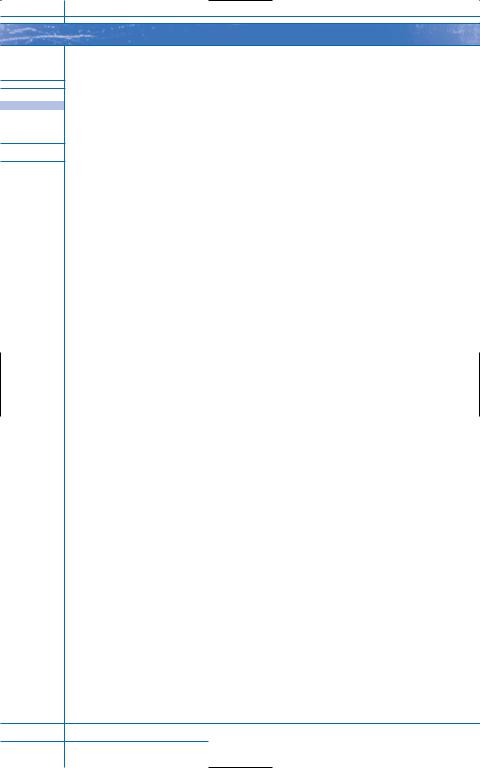
doesn’t take the time he should take to prepare himself for his task, or he sabotages himself and refuses to see he’s doing it. This is similar to the Masculine Journey Rebellion Stage (discussed in Part 3), in which the hero refuses to face his demons and therefore fails to grow as a person, though any structure can be used for this throughline.
Here the Character Succeeds Examples Are Reversed
Solution → Problem
Solution → Mystery
Peace → Conflict
Safety → Danger
Order → Confusion
Decision → Dilemma
Knowledge → Ignorance
Answer → Question
The character tries to come up with solutions but only creates more problems. The character has some sense of peace and winds up creating more conflict than he started out with. Many comedies utilize this. Struggle is the most important element in this Dramatic Throughline when creating the main character.
Donna Lee states that the hero is defeated by one of two ways:
1.DUE TO CIRCUMSTANCES: The hero deserves to achieve his goal but in the end he doesn’t because that’s the way life is.
2.DUE TO WEAKNESS OR OBSESSION: The hero is likable but has a dark side that clashes with the circumstances of the plot and drives him to destruction.
The above two ways are very plot driven, so I would add that the hero can be defeated due to Choices, which is character driven. The hero has the ability to be successful—he just keeps making mistakes. He can’t seem to get it right. It’s as if he’s been cursed. Every decision he makes goes haywire. The circumstance he is in does not cause his failure (which would be plot driven); he causes it by making the wrong decisions (which is character driven).
THE CHARACTER ABANDONS GOAL THROUGHLINE
Here the main character abandons her original goal and may or may not pick up a new one. “The main character either realizes that if her goal is achieved it will not bring her the happiness she seeks and may bring misfortune upon others” (Lee), or she realizes she was lied to or betrayed and accomplishing the goal no longer suits her—it was all a lie or an illusion.
12 Story Structure Architect
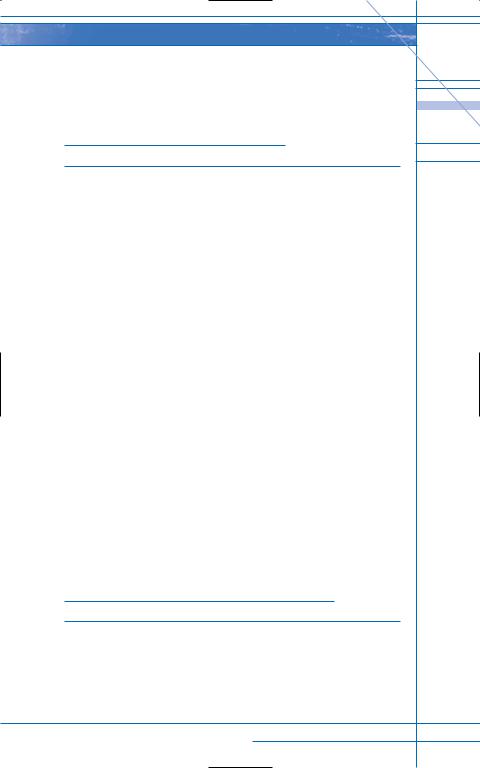
Think of Bridget Jones’s Diary—Bridget wants to marry her boss and she will do whatever it takes to win his affection. In the end she realizes he is not good enough for her (her idea of him was an illusion) and she doesn’t want to settle (she won’t be happy with him).
Nontraditional Throughlines
Throughlines four and five are Nontraditional Throughlines, often breaking with traditional three-act structure altogether.
THE CHARACTER’S GOAL IS UNDEFINED THROUGHLINE
When a character’s goal is undefined, the story takes on an ethereal quality. One has to view the story outside of traditional narrative form. The events are not dramatically determined but instead flow with a natural rhythm that reflects true-life experience. Anton Chekhov’s work fits this Dramatic Throughline, especially An Upheaval.
A story written without Traditional Structure and Dramatic Throughline is not a story written without planning, focus, and effort, as some may think. In fact, these stories can take more crafting than traditional stories, making them more intellectual and thought provoking. The reader or audience has to participate in the narrative, following the narrative flow and interpreting the subtext. This is similar to the Slice of Life story structure (in Part 3).
THE READER CREATES THE GOAL THROUGHLINE
Here the reader or audience must make decisions on where the story should go next. The reader takes the lead role in the piece and role-plays with the character. This is found most often in interactive fiction such as video games and novels that can be rearranged or restructured. The chapter on interactive fiction will explain this in detail.
This type of Dramatic Throughline has been around for centuries, way before modern technology, and has a very interesting and rich history all its own.
Combining Dramatic Throughlines
A story can have several Dramatic Throughlines if the main character’s goal changes, though it is not a good idea to have more than one Dramatic Throughline at a time. Having a character abandon one goal and later pick up a new goal and succeed at it is perfectly fine. Think of the film Wall Street where Charlie Sheen abandons
The 5 Dramatic Throughlines |
13 |
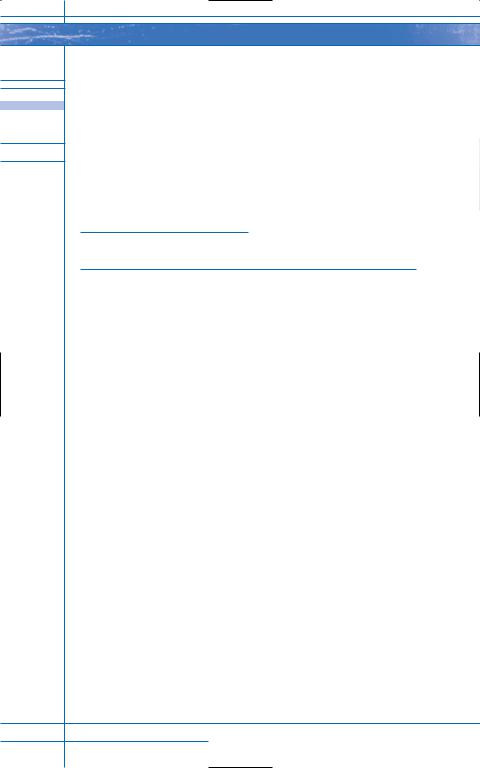
his goal of making money at all costs and then takes up the goal of saving the company he was ordered to liquidate.
Having a character that succeeds but is then defeated by circumstances is also fine. Think of the movies City of Angels and Cold Mountain. In both cases the two main characters are successfully reunited in the end, only to have one of them killed moments later.
So the next time you brainstorm an idea, make sure that if you are writing a happy ending it’s because that’s the best Dramatic Throughline for your story and not because you think it is the only way to write a story.
Questions to Consider
When Choosing a Dramatic Throughline:
•Do you want your character to succeed?
•Will you challenge traditional storytelling models or stick with what is known to work?
•Will you combine Dramatic Throughlines?
•Would changing the Dramatic Throughline add to the story at all? Or to the theme or subtext?
•Is there a story of yours you just couldn’t finish? Do you have the wrong Dramatic Throughline for the piece? (You may want to take another look at it.)
14 Story Structure Architect
